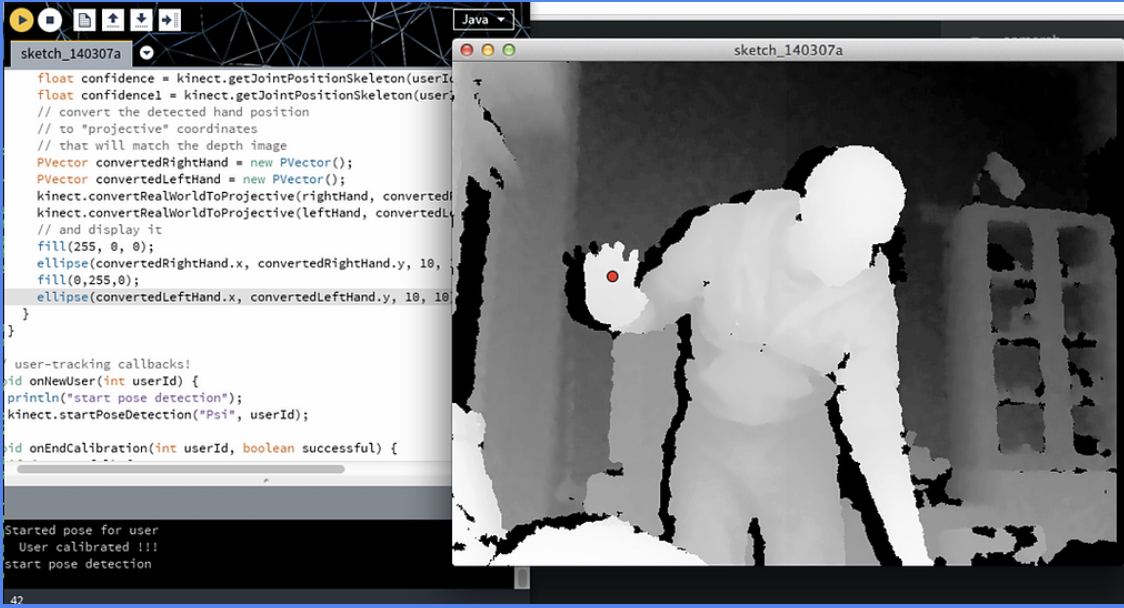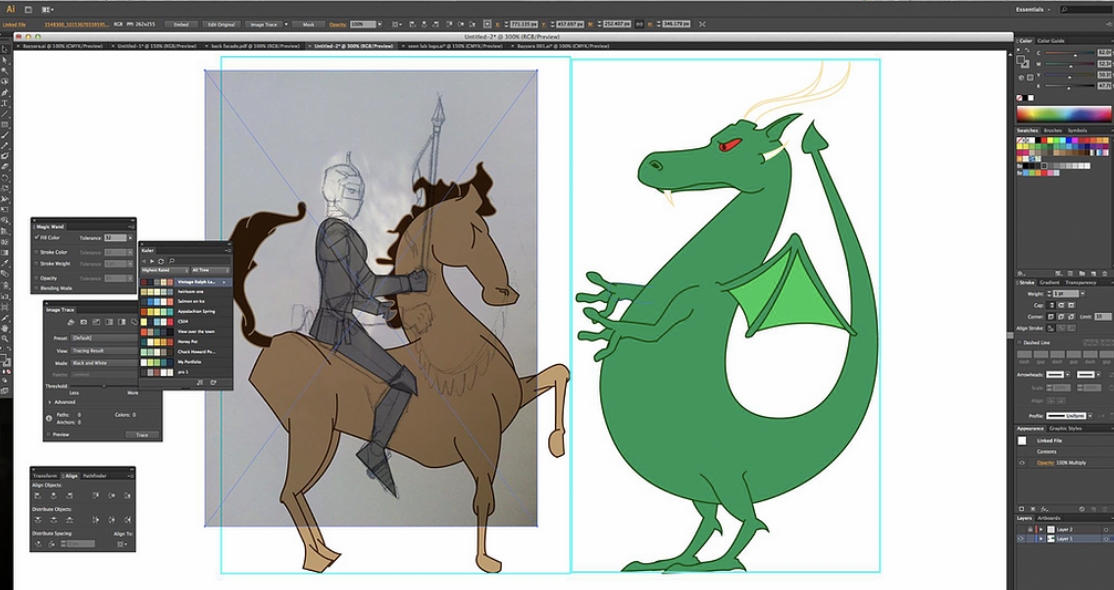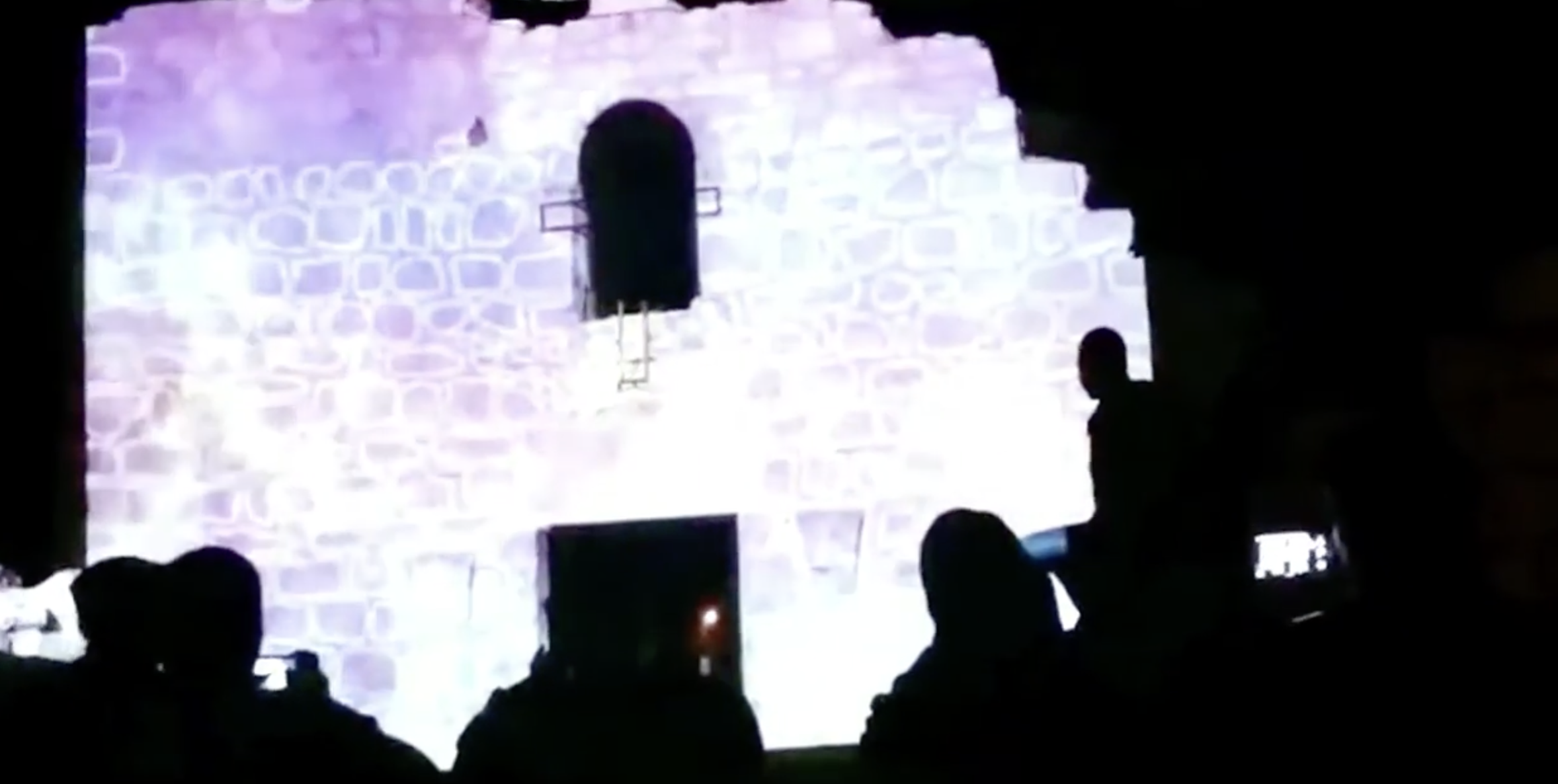Castle Defender
Transforming Amazon Seller Data Management with User-Centered Design

Project challenge and approach
Castle Defender is an interactive game that encourages people to come and visit a historical site and revive the heritage of the place. We achieved the game design after multiple sessions of design thinking and building prototypes, and a lot of usability testing. Therefore there were a lot of enhancements on the visuals and the code. Castle Defender was one of the most challenging projects because it was a new working platform for the team.
Methods, Design and Usability
Brainstorming: After reviewing the site, we determined that the game would be projected onto the church wall. Based on our observations of the available spaces, we conceptualized a 2D game designed for two players competing against each other. Inspired by the story of St. George and his battle with the Dragon, each player assumes the role of either St. George, who defends his church, or the Dragon, who seeks to destroy it.
Design Thinking: We conducted multiple design thinking sessions utilizing both convergent and divergent approaches to develop a comprehensive concept and design for the game. The game is structured around three elements distributed across two main zones: the right side (The Dragon) and the left side (St. George). Additionally, there is an “Extra Life” feature secured in a box above the church door, which requires at least ten hits to break open and claim the Extra Life (maximum of 80%). This opportunity is available only once per round and for a single player.
Usability: The technology employed for this game is based on Kinect and Java programming, integrated within the 'Processing' development environment. The Kinect serves as a motion-tracking sensor capable of detecting human joint movements through infrared depth imaging. We leverage this technology to enhance the gameplay experience, making it more engaging and enjoyable for players.




High-fidelity design
In my role on the project, I am responsible for designing game interactions and developing the game by integrating various technologies, including Microsoft Kinect, Processing, and projection mapping. My specific contributions include:
- Facilitating Design Thinking sessions
- Designing user interactions
- Developing the game
- Integrating diverse technologies into a cohesive platform
- Conducting usability testing
Designing and programming my first game within such a significant project was an exhilarating experience, and I am proud to have achieved an excellent outcome.

